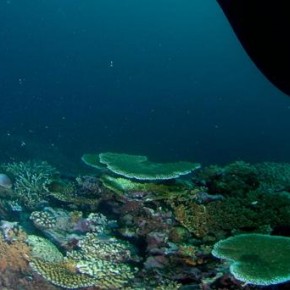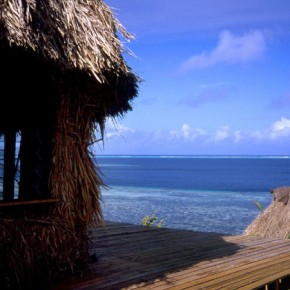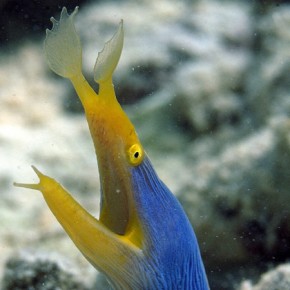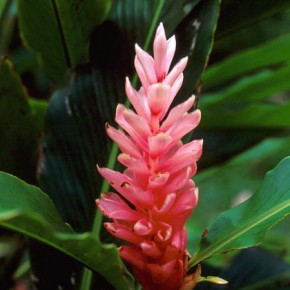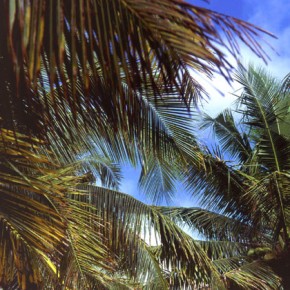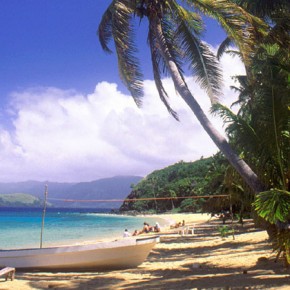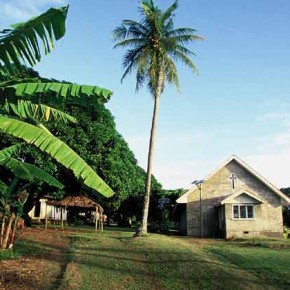The Kadavu people call it Cakau Levu, (literally: big reef), while it is more widely-known as the Great Astrolabe Reef. The French explorer Dumont d'Urville named it after his boat the Astrolabe, after nearly wrecking himself upon it in 1827.
At around 100 kms (63 miles) in length, the reef and its waters create one of the world's most biologically diverse marine areas. A wide variety of life, including reef-sharks, manta-rays, dolphins, turtles and whales, along with untold coral fish and shellfish species, can be found among the soft and hard coral formations. The coral itself can be seen in every shade of the rainbow.
For many of Tamarillo's guests, their encounter with Cakau Levu, the Great Astrolabe Reef, is a significant aspect of their whole Kadavu experience. To kayak across the clear water and be able to look deep into the lagoons, to snorkel amidst the fish and coral, and to drift off to sleep to the sound of the ocean swell crashing upon the distant barrier reef are all experiences of a natural environment that is rare and still full of mystery, huge in scale, yet delicate and fragile.
